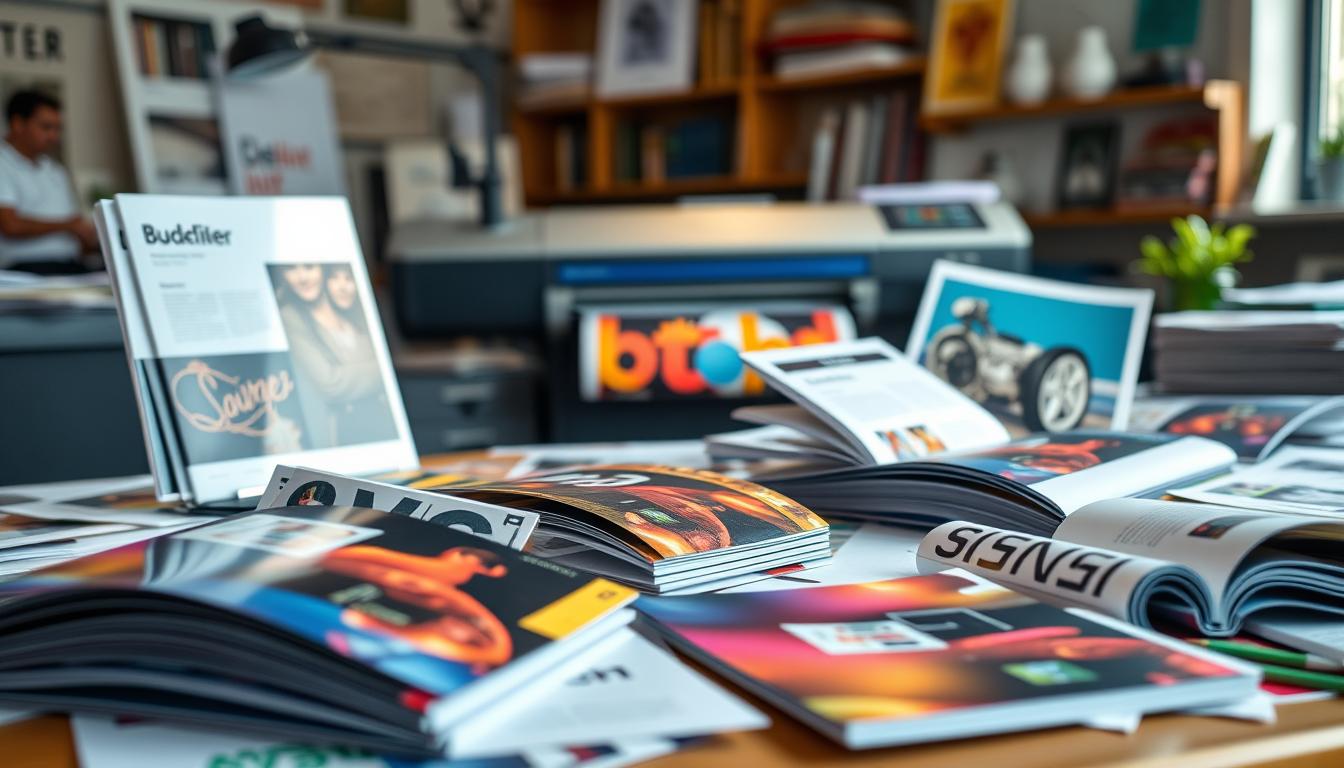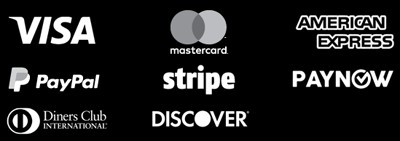Print High-Quality Booklets & Brochures: Full Guide
Looking to print professional manuals, captivating catalogs, or eye-catching promotional materials? This guide has everything you need. Learn the differences between booklets and brochures. Find out the best printing techniques and materials. And discover design secrets to make your print collateral stand out with Printing.com.sg. From picking the right page count and binding to creating engaging content, this guide has you covered. It’s perfect for small business owners, marketing pros, or non-profits. You’ll get valuable tips to make your print projects shine and get amazing results. Key Takeaways Understand the differences between booklets and brochures to choose the right print solution for your needs. Explore a wide range of printing materials, sizes, and binding options to create professional-grade print collateral. Discover design principles and content strategies to craft engaging booklets and brochures that captivate your audience. Learn about the latest printing techniques and equipment for high-quality, full-color results. Benefit from the expertise and customer-centric approach of Printing.com.sg to elevate your print projects. Understanding the Difference Between Booklets and Brochures Booklets and brochures are often confused with each other. But they serve different purposes in marketing and sharing information. Knowing the differences helps you create materials that really connect with your audience. Booklets are bigger, with 8 to 72 pages or more. They’re bound in ways like saddle stitch or perfect binding. They’re great for detailed guides, like catalogs or company manuals. Booklets are meant to hold lots of information for readers to come back to. Brochures, on the other hand, are smaller and folded. They’re used for quick, eye-catching promotions or product showcases. Brochures are perfect for handing out at events or meetings because they’re easy to carry and quick to read. Booklets Brochures Larger size, typically 8-72 pages Smaller, compact size, often folded Bound using methods like saddle stitch, perfect binding, or spiral binding Folded formats like bi-fold, tri-fold, or z-fold leaflets Used for comprehensive resources like catalogs, manuals, or in-depth company information Used for short-term, visually-appealing promotions, event highlights, or product overviews Designed for detailed, long-lasting content that readers can refer to repeatedly Designed to convey concise, attention-grabbing information that can be easily distributed It’s key to know the differences between booklets and brochures. This helps businesses pick the right format for their goals. By choosing wisely, you can make materials that really speak to your audience. How to Print High-Quality Booklets and Brochures: A Complete Guide Printing high-quality booklets and brochures needs focus and knowledge of the printing process. You might be making manuals, catalogs, or promotional materials. This guide will help you through the key steps to make your print projects shine. Choosing the Right Printing Software The first step is picking the right software. Adobe Acrobat is great for its features and easy use, good for all levels. Microsoft Publisher is easy to use and perfect for small businesses and beginners. Adobe InDesign is top for pros in publishing. Affinity Publisher is also popular for its design options and affordability. Optimizing Printer Settings Setting up your printer right is key for quality prints. Make sure you have the right paper size, layout, and margins. Also, choose high-quality print settings and color management for the best look. Binding and Finishing Options Saddle stitching is a common binding style for booklets. Perfect binding is suitable for booklets with more pages. Spiral and coil binding is ideal for booklets with a higher page count. Case binding is the most expensive and durable form of booklet printing. The binding and finishing you choose can change how your booklets and brochures look. Think about what you need and want for your project. Printing Techniques and Equipment There are many ways to print booklets and brochures. Offset Print Booklets are best for big orders. Digital Colour Booklet Printing is cheaper for smaller runs. Consider paper, quality, and time when choosing your printing method. By following this guide, you can confidently print booklets and brochures. Your materials will show the quality your brand deserves. Choosing the Right Materials for Booklet and Brochure Printing Choosing the right materials for booklets and brochures is key to a high-quality product. The cover stocks and inner pages all play a big role. They affect the look, feel, and durability of your printed materials. Cover Page Options For booklet covers, consider thicker stocks like 10 pt. cardstock for a premium feel. For a more affordable option, 100 lb. paper gloss is great for short-term use. The inside pages are usually printed on 100 lb. matte paper. This is excellent for reading and writing. Brochures use lighter, more compact paper stocks to look good and be easy to hand out. Look at different cover page options, like glossy and matte finishes. Find the best one for your printing needs and budget. Booklet Cover Materials Brochure Cover Materials 10 pt. Cardstock 100 lb. Paper Gloss 100 lb. Paper Gloss Matte Finish The cover page materials greatly affect the quality and durability of your booklets and brochures. By choosing wisely, you can make a polished and professional product. This will effectively represent your brand. Determining the Ideal Page Count and Size Creating high-quality booklets and brochures depends on page count and size. The page count should be in increments of 4, including covers. This ensures a professional layout. Booklet sizes vary from 4.5″ x 5.5″ to 12″ x 12″ square. This allows for more content and images. Brochures, on the other hand, are smaller. They range from 4″ x 9″ to 8.5″ x 11″ letter format. Standard Booklet and Brochure Sizes Product Minimum Page Count Maximum Page Count Common Sizes Booklets 8 pages (stapled or loop stitched) 52 pages (perfect bound) 10 pages (wire-o binding) 64 pages (stapled, loop stitched, or wire-o) 200 pages (perfect bound) 4.5″ x 5.5″, 5.5″ x 8.5″, 8.5″ x 11″, 12″ x 12″ Brochures N/A N/A 4″ x 9″, 8.5″ x 11″ Choosing the right page count and size is key for your booklets and brochures. Think about your project’s needs and the detail … Read more


